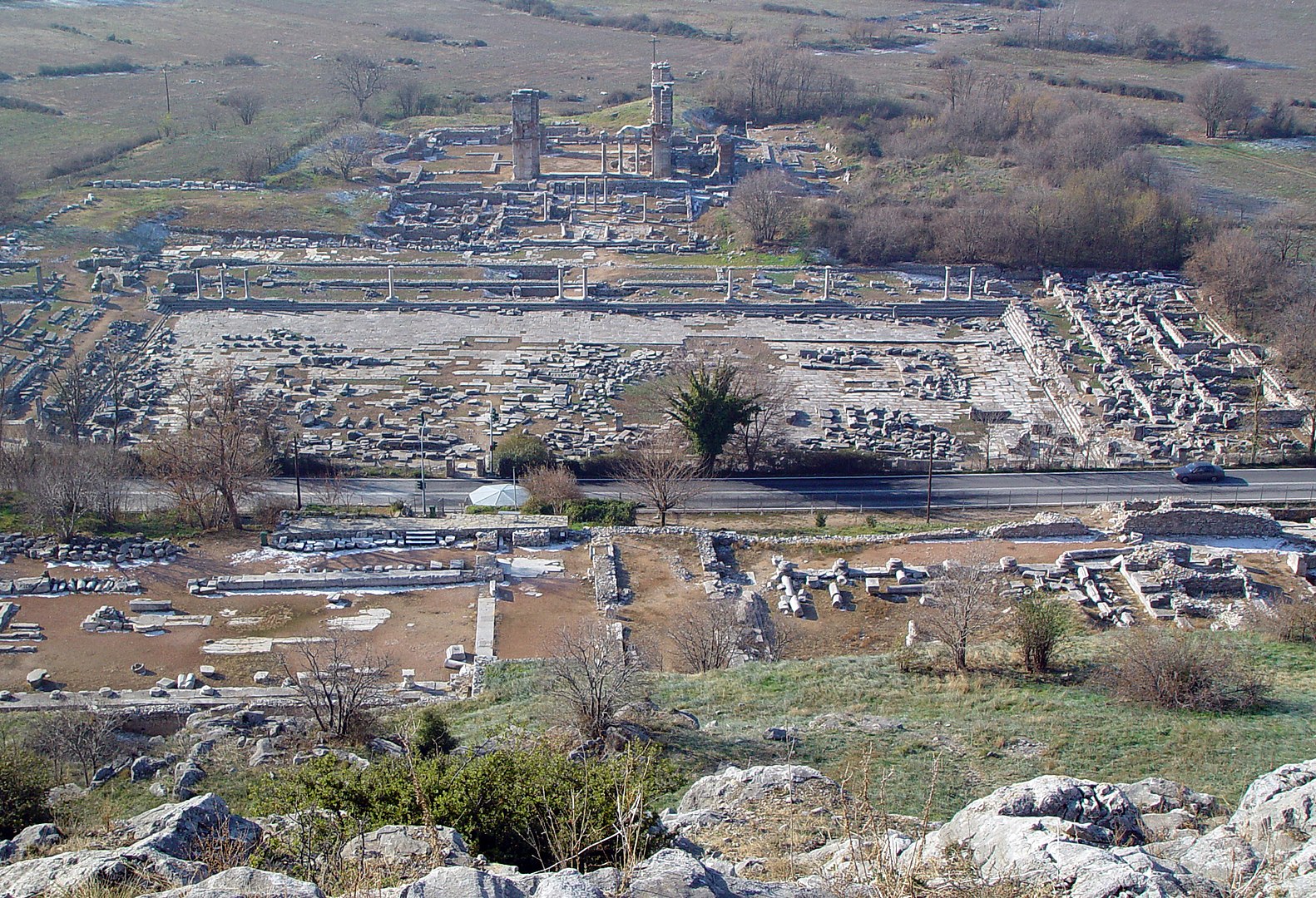Located in northeastern Greece, the village of Filippoi is home to just over 11,000 people. It’s a modest municipality with a storied history — it shares its location with the ancient city of Philippi, which was renamed by one Philip II of Macedon. (You may know Philip II better as Alexander the Great’s dad.) And, as with many locations that have drawn inhabitants for centuries, Filippoi has plenty of artifacts lurking just underground.
As ARTnews recently reported, a group of researchers near Filippoi recently recovered a statue of Hercules that dates back to the era of Philippi. According to the article, the statue was made in the 2nd century C.E., and was placed on the side of a building several centuries later.
Natalia Poulos, a professor at Aristotle University of Thessaloniki, was in charge of the dig, which involved a number of students of varying levels — from undergraduates to PhD candidates — as well as several other members of Aristotle University faculty.
Though Philippi itself is no longer a functioning city, the site where it once stood remains of vital interest. In 2016, it was named as a UNESCO World Heritage Site, hailing its origins, its transformation when it became part of the Roman Empire and its important role in the early spread of Christianity. The discovery of this statue offers further evidence of this site’s continuing relevance for the study of ancient history.
Thanks for reading InsideHook. Sign up for our daily newsletter and be in the know.
